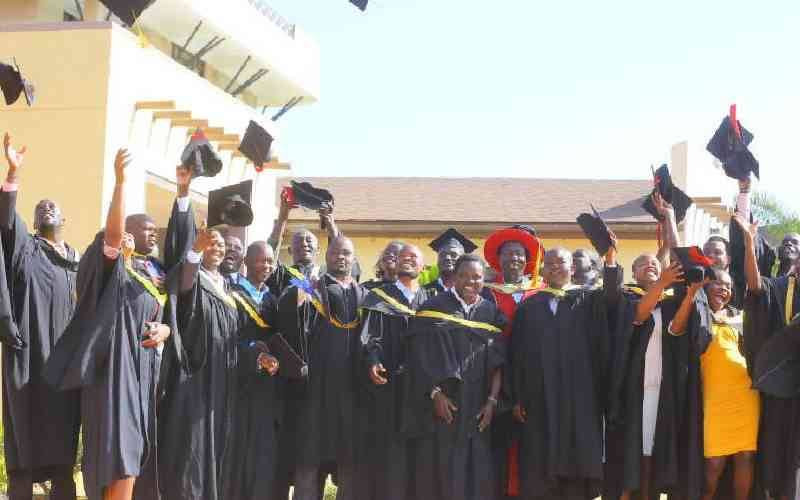×
The Standard e-Paper
Stay Informed, Even Offline

Top public universities could be the first casualties in the new funding formula that seeks to support poor families while also giving adequate support to the rest of students.
It is now emerging that the traditional giants that always received big number of students and also got automatic huge financial allocations from the government will now have to compete with the rest of the institutions, including private universities.